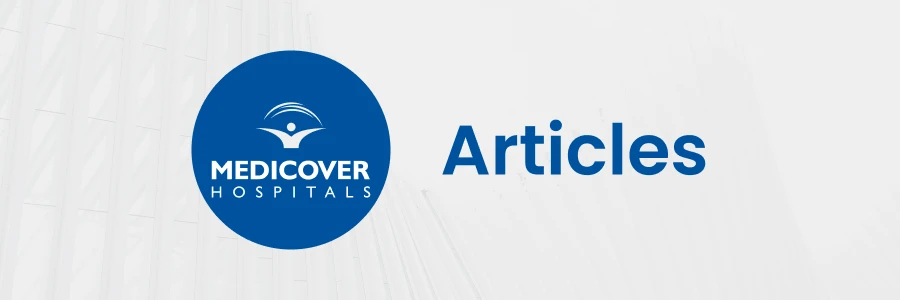- Cardiology 84
- Dermatology 45
- Endocrinology 33
- ENT 16
- Fertility 190
- Gastroenterology 78
- General-Medicine 81
- Gynecology 80
- Hematology 19
- Infectious-Diseases 33
- Neurology 52
- Oncology 34
- Ophthalmology 23
- Orthopedics 69
- Pediatrics 31
- Procedure 23
- Public-Health 144
- Pulmonology 59
- Radiology 8
- Urology 68
- Wellness 161
- Woman-and-child 77

Understanding Lower Back Pain: Causes, Symptoms, and Home Remedies
Lower back pain is a common issue that can be caused by various factors and can significantly affect daily life. Understanding its causes, symptoms, and treatment options is crucial for managing and alleviating discomfort.
Causes of Lower Back Pain
Lower back pain can stem from several reasons, including:
- Muscle Strain: Overuse, improper lifting, or sudden movements can strain muscles and ligaments in the back.
- Herniated Disc: When the soft tissue between vertebrae bulges or ruptures, it can press on nerves, causing pain.
- Degenerative Conditions: Conditions like osteoarthritis can lead to deterioration of the spine's discs and joints.
- Spinal Stenosis: Narrowing of the spinal canal can put pressure on the nerves, causing pain.
- Trauma or Injury: Accidents or falls can injure the back and lead to pain.
- Poor Posture: Sitting or standing improperly for extended periods can strain the back muscles.
Symptoms of Lower Back Pain
Symptoms can vary from mild to severe and may include:
- Dull, aching pain in the lower back.
- Stabbing or shooting pain that radiates down the legs (sciatica).
- Difficulty standing up straight or walking.
- Muscle spasms or stiffness in the lower back.
- Pain that worsens with movement or certain activities.
Treatment Options for Lower Back Pain
Treatment aims to relieve pain and improve mobility, often including:
- Medication: Over-the-counter pain relievers or muscle relaxants can help manage pain.
- Physical Therapy: Targeted exercises and stretches can strengthen muscles and improve flexibility.
- Heat and Cold Therapy: Applying heat or cold packs can alleviate pain and reduce inflammation.
- Supportive Devices: Using lumbar supports or braces can provide additional support to the lower back.
- Home Remedies: Techniques like gentle yoga, massage, or acupuncture may help relieve pain.
- Healthy Lifestyle: Maintaining a healthy weight, practicing good posture, and avoiding prolonged sitting can prevent and alleviate lower back pain.
Exercises and Home Remedies for Lower Back Pain
Simple exercises and home remedies can complement treatment efforts:
- Stretching Exercises: Gentle stretches like knee-to-chest or cat-cow pose can increase flexibility and reduce stiffness.
- Core Strengthening: Exercises targeting abdominal and back muscles can provide better support for the spine.
- Hot or Cold Packs: Applying heat or ice packs for 15-20 minutes can ease pain and reduce inflammation.
- Ergonomic Adjustments: Ensuring proper ergonomics at work or home can prevent strain on the lower back.
Conclusion
Lower back pain can impact daily activities and quality of life, but with proper understanding and management, relief is achievable. By identifying the causes, recognizing symptoms early, and adopting appropriate treatment and lifestyle changes, individuals can effectively manage and reduce lower back pain over time.
For more personalized advice and treatment options, consult with a healthcare professional or physical therapist. Taking proactive steps can lead to significant improvement in managing lower back pain and promoting overall spinal health.
Ready to take control of your health journey? Book your appointment now and start your path towards wellness today!
Book an AppointmentFrequently Asked Questions
Consult your doctor if your lower back pain continues after 1 to 2 weeks. Although your pain is unlikely to be a sign of a medical emergency, a doctor can make an accurate diagnosis and recommend a treatment option.
Walking for 10-15 minutes twice a day is beneficial for chronic lower back pain relief. Alternatively, you can choose other forms of exercise.
To quicken the healing process, you should:
- Make sure your back is in good condition by regularly exercising and stretching your back muscles.
- Apply heat or ice packs to your back.
- Take pain relievers or other medications as recommended by your doctor.
- Physical therapy can help you regain strength.
- If overweight, consider weight loss.
Effective exercises and stretches include:
- Child's Pose
- Knee-to-chest
- Piriformis stretch
- Seated spinal twist
- Pelvic tilt
- Cat-Cow
- Sphinx stretch
Stress can cause muscle tension and contribute to lower back pain or make existing pain worse.
Yes, swimming is a low-impact exercise that can strengthen the muscles in the back and improve flexibility, which may help alleviate lower back pain.
Practicing good posture by sitting and standing up straight, keeping your shoulders back, and avoiding slouching can help prevent lower back pain.
Chiropractic adjustments may provide relief for some people with lower back pain by realigning the spine and reducing pressure on nerves.

- Cardiology 2132
- Dermatology 168
- Endocrinology 135
- ENT 97
- Fertility 217
- Gastroenterology 232
- General 478
- General-Medicine 1685
- Gynecology 169
- Hematology 85
- Infectious-Diseases 208
- Neurology 207
- Oncology 345
- Ophthalmology 65
- Orthopedics 187
- Pediatrics 83
- Procedure 72
- Public-Health 209
- Pulmonology 126
- Radiology 13
- Second Opinion 311
- Urology 294
- Wellness 600
- Woman-and-child 447
- Others 10217
Related Blogs
If you have any questions, please fill out the enquiry form or call us, and we will get back to you promptly.
040-68334455